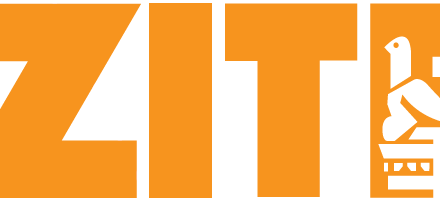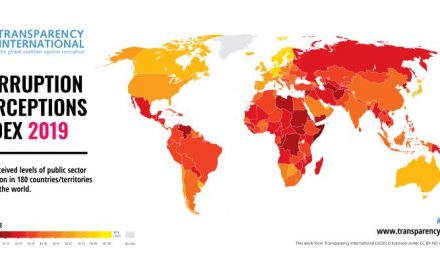In Amsterdam on the 24th of December 2018, the Standards and Poor’s Dow Jones Indices (S&P DJI) decided to exclude Zimbabwe domiciled shares. The report read;
Due to the worsening situation in the country regarding foreign currency shortages and inflation concerns, S&P DJI will remove index constituents domiciled in Zimbabwe…
This change will become effective prior to the market open on Monday, December 24, 2018, in conjunction with the December quarterly rebalancing.
This will remove Zimbabwean companies from 14 of their listings . In order to understand what this means, we must first understand the S&P DJI and its importance.
S&P DJI
This is a joint venture initiative between S&P Global, News Corp and the CIME group. It produces and markets information on tracked stocks and creates & markets indices. They combine information from all over the globe for the purposes of investors. They combine this information based on groupings and characteristics of companies to provide investment advice. A simple illustration of a grouping may be mobile network companies in Southern Africa, so this group (index) would have publicly traded mobile network operators like Econet, MTN and the likes. 19 Zimbabwean companies were listed on the Zimbabwe Benchmark Index. The graph below shows the weight by industry of the entities included in the Zimbabwe Benchmark Index.

Weighting of Zimbabwe BMI
Listing of Zimbabwean companies on these indices is important as it gives the much sought after foreign investors clear information on the performance of listed Zimbabwean opportunities. While investors are not averse to risk they do require information. A lot of it. They would rely on this information to paint a picture on the performance of the economy. The turn-around strategies and just how much business Zimbabwe is open for.
The Problem
We’ve recently seen a few movements in the market. Firstly the parallel market for the USD dispelling any belief of parity between bond and USD. Secondly a soft confirmation by government that there is no parity. This precipitated in a further growth of disparity in the parallel market. Inflation swiftly followed with price increases all around. Concurrently stock market values increased, at least in nominal value and earnings reports came in flatteringly with inflation boosted earnings making companies look very attractive.

Zimbabwe BMI performance.
But the reality of Zimbabwe is even more sobering. Crippling foreign currency shortages and an inability for foreign investors to repatriate money to their nations makes the investment choice difficult.
Removal from the Indices
So the S&P DJI cites high inflation and foreign currency shortages in their report. They as an organisation have a responsibility to their information end users to present information that is complete. The crux of the matter is that we are essentially presenting Bonds (and RTGS) as USD and this does not bode well with investors. Add to that the difficulty companies face in accessing foreign currency and these represent bad investments. Even if one believed in the 1:1, lack of access to the money would prove otherwise.
What it means
Ultimately it adds another piece of bad news to a growing pile. Sophisticated investors, the type we are looking for, need a lot of information and being tracked by the S&P DJI made information available to them. Information on specific counters and a general picture of the economy. At a time when many are singing Zimbabwe is open for business, the signs on the ground are playing a different tune.









Does this mean its a risky to invest at the stock exchange as of now with the current situation in Zimbabwe